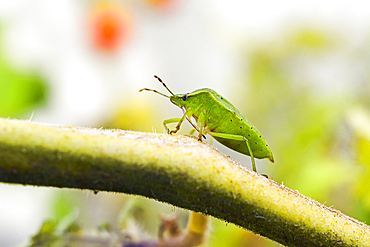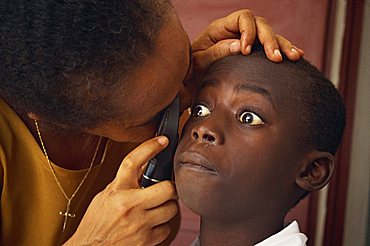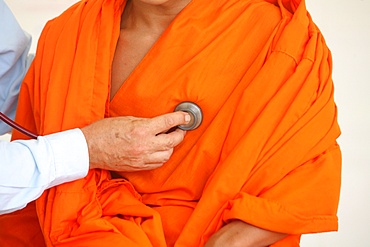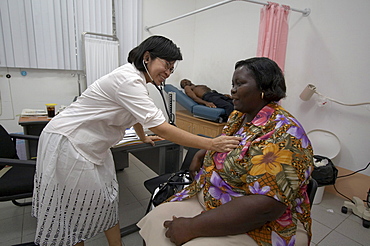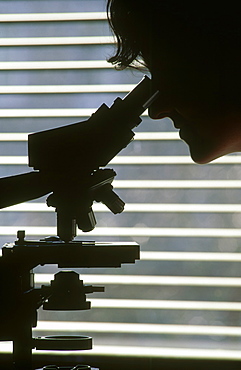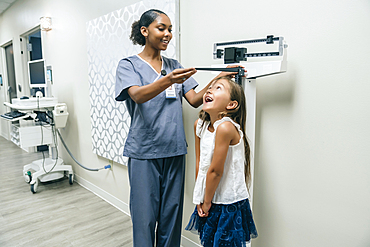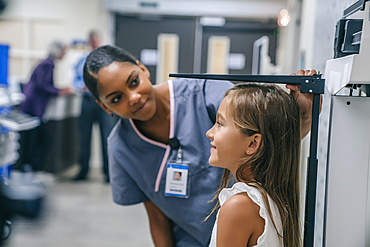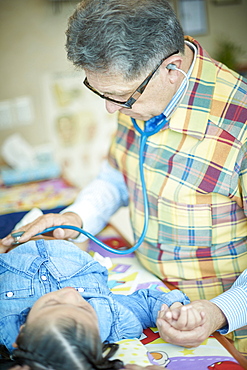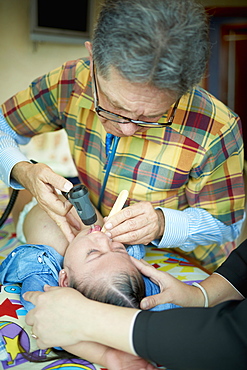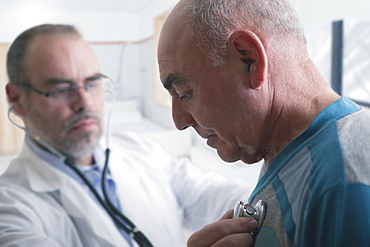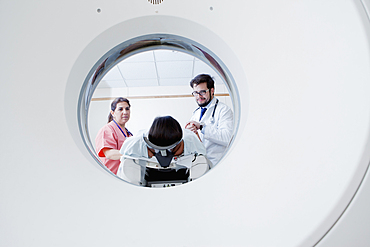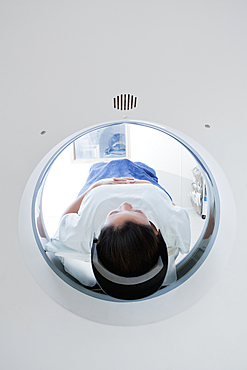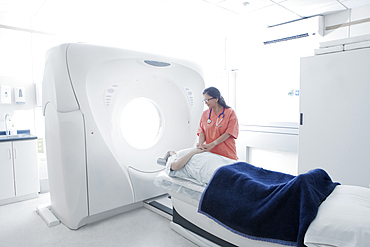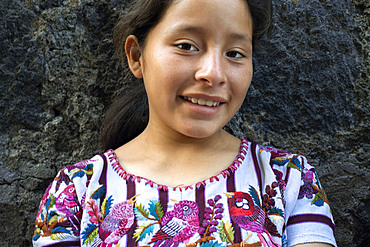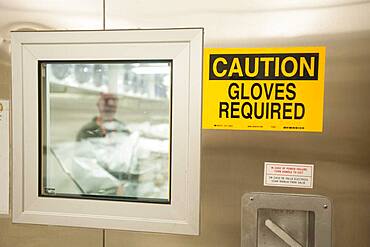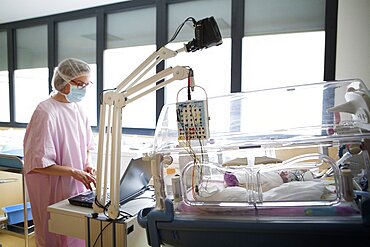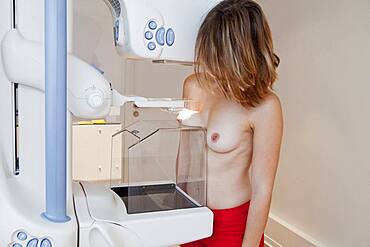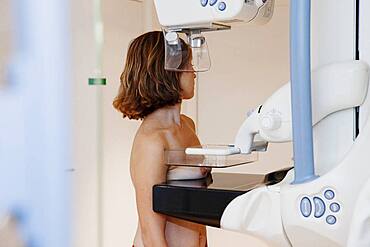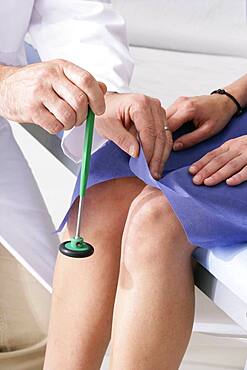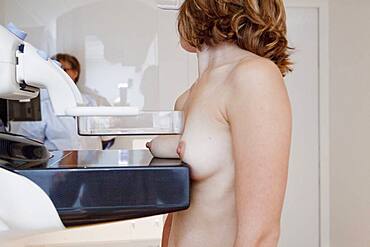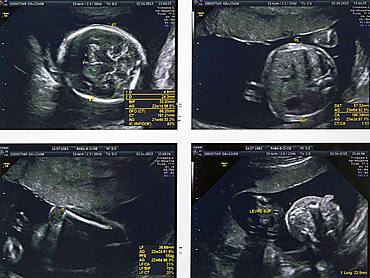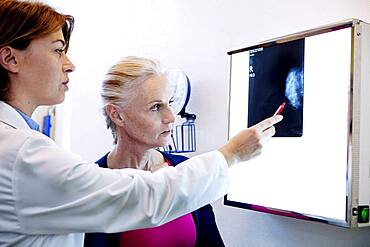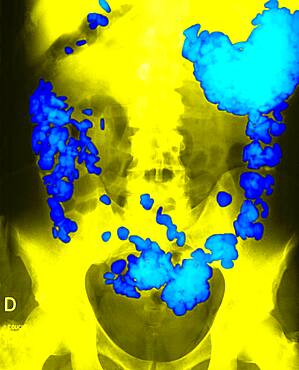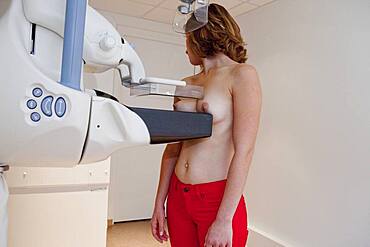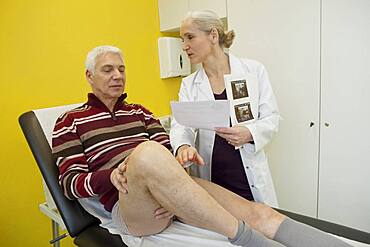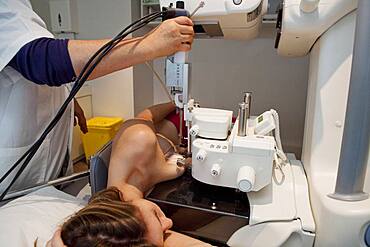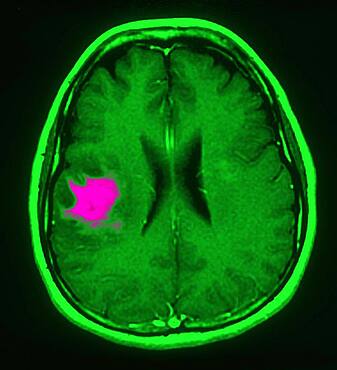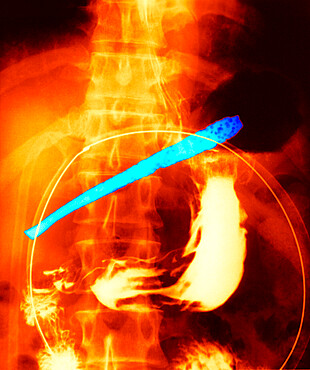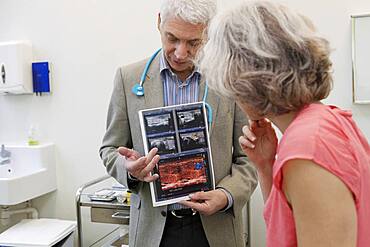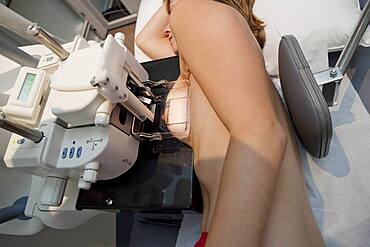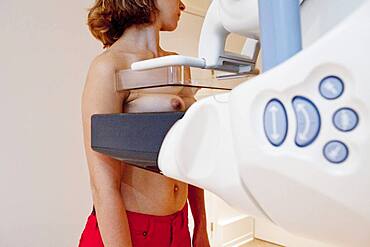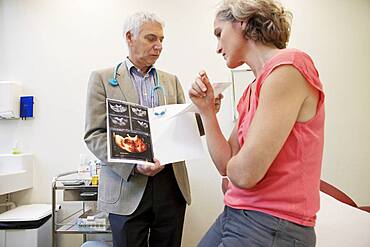Results
8 results found

Chinese girl under a glazed archway at the Confucius Temple Imperial College, built in 1306 by the grandson of Kublai Khan, administering the official Confucian examination system, Beijing, China, Asia

Confucius Temple and Imperial College built in 1306 by the grandson of Kublai Khan and administered the official Confucian examination system, Beijing, China, Asia

Students taking an exam, Mahachulalongkornrajavidalaya University, Chiang Mai campus, Thailand, Southeast Asia, Asia

Confucius Temple Imperial College built in 1306 by the grandson of Kublai Khan and administered the official Confucian examination system, Beijing, China, Asia

A group of young novice monks sitting in a circle during an oral examination, at Tashilunpo Monastery, Xigaze, Tibet, China, Asia
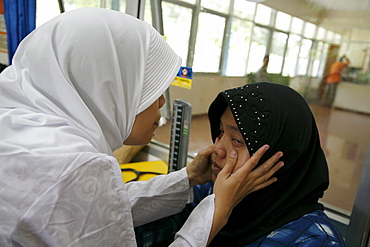
Indonesia government health clinic (pos kesmas) at cot seumereng, desa pucoh leung. consultation. clinic supported by crs. meulaboh, aceh
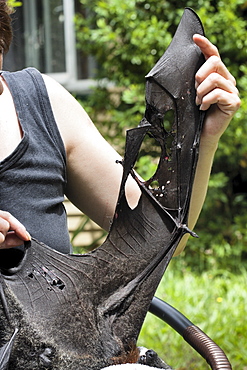
Unviable damage to right wing of grey-headed flying-fox (Pteropus poliocephalus) following barbed wire entanglement, Murwillumbah, New South Wales, Australia, Pacific

ABBBS (Australian Bird and Bat Banding Scheme) identification thumb band on black flying-fox (Pteropus alecto) fitted prior to release, Hopkins Creek, New South Wales, Australia, Pacific
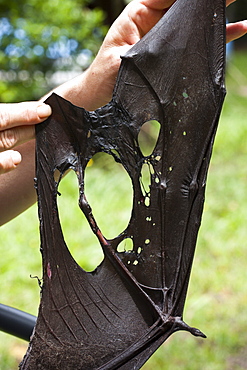
Unviable damage to right wing of grey-headed flying-fox (Pteropus poliocephalus) following barbed wire entanglement, Murwillumbah, New South Wales, Australia, Pacific
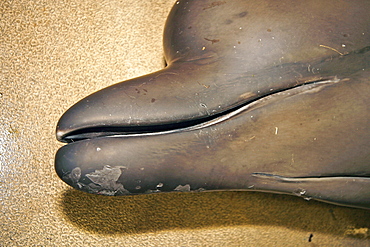
Juvenile Northern Bottlenose Whale (Hyperoodon ampullatus) lying on the floor of the post mortem room before examination, close up shot of jaws and melon, SAC, Inverness, Scotland.
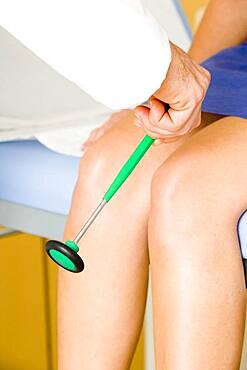
Patellar reflex ; the patellar tendon is percuted with the help of a hammer then training the extension of the leg.
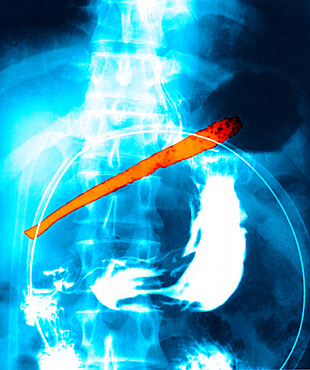
Patient having ingested a tineless fork. The stem of the fork, located in the stomach cavity, shows holes due to the corrosive action of the stomach's hydrochloric acid. The head of the fork has pierced the greater curvature

Gadolinium enhanced MRI-T1. Coronal cut-away. Idiopathic metastases causing generalized epileptic seizures in a 40-year old man.
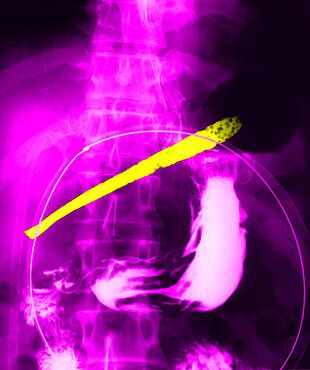
Patient having ingested a tineless fork. The stem of the fork, located in the stomach cavity, shows holes due to the corrosive action of the stomach's hydrochloric acid. The head of the fork has pierced the greater curvature
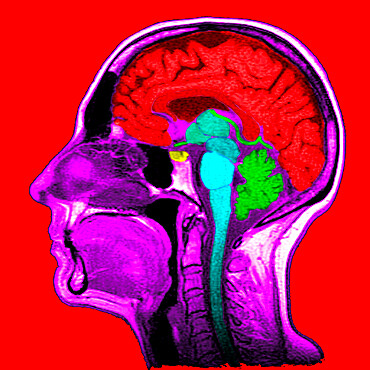
Sagittal section. 1. Brain. 2. Corpus callosum. 3. Septum lucidum. 4. Thalamus. 5. Mamillary body. 6.Mesencephalon. 7. Pons. 8. Medulla oblongata. 9. Spinal cord. 10. Cerbellum. 11. Frontal sinus. 12. Ethmoid cells. 13. Concha. 14. Sphenoida
